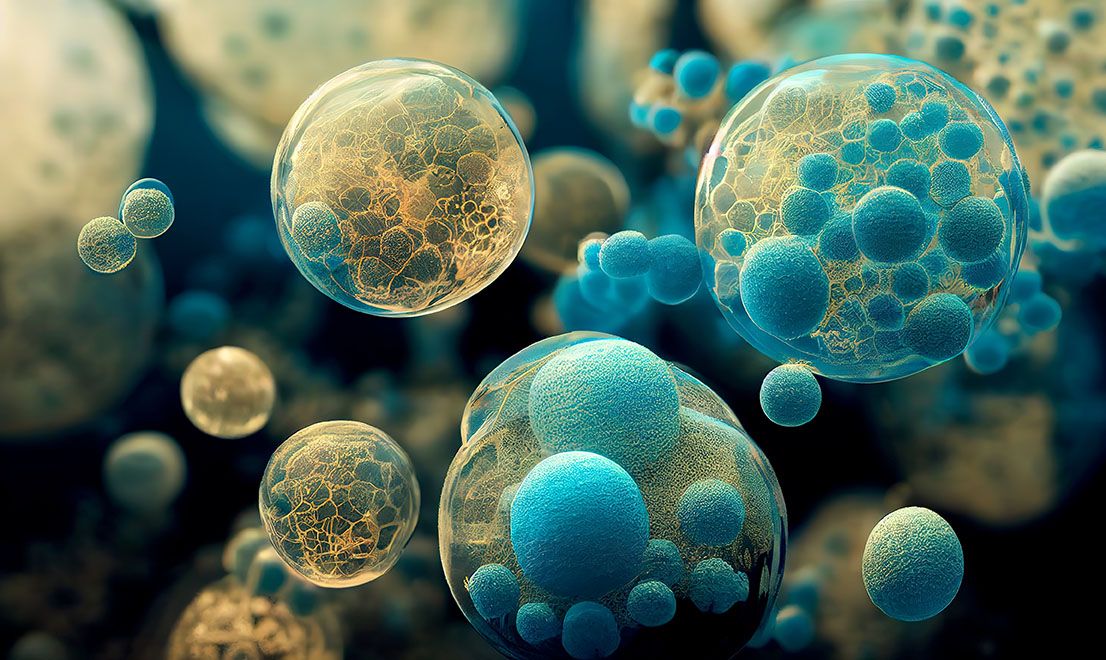

Microorganisms are tiny living things that are too small to see with the naked eye. They can be found all around us, in the air, water, soil, and even inside our bodies. Microorganisms come in all shapes and sizes, and they can be helpful or harmful to humans.
Some microorganisms are helpful to humans. For example, bacteria in our gut help us to digest food. Yeast helps us to make bread rise. And bacteria in our bodies help to fight off infection.
Other microorganisms can be harmful to humans. For example, bacteria can cause diseases like strep throat and food poisoning. Viruses can cause diseases like the common cold and the flu. And fungi can cause diseases like athlete's foot and ringworm.
Microorganisms are an important part of our world. They play a role in everything from breaking down waste to producing food. We need to learn more about microorganisms so that we can use them to our benefit and protect ourselves from their harmful effects.
The scientist studied the microorganisms in the soil.

Noun: A very small organism that can only be seen with a microscope.
Adjective: Relating to microorganisms.
Verb: To infect with microorganisms.
The word “microorganism” is a compound word that is made up of the Greek words “mikro” (small) and “organism” (living thing). The word “microorganism” was first used in the 19th century by scientists to describe very small organisms that could only be seen with a microscope.
What is a microorganism?